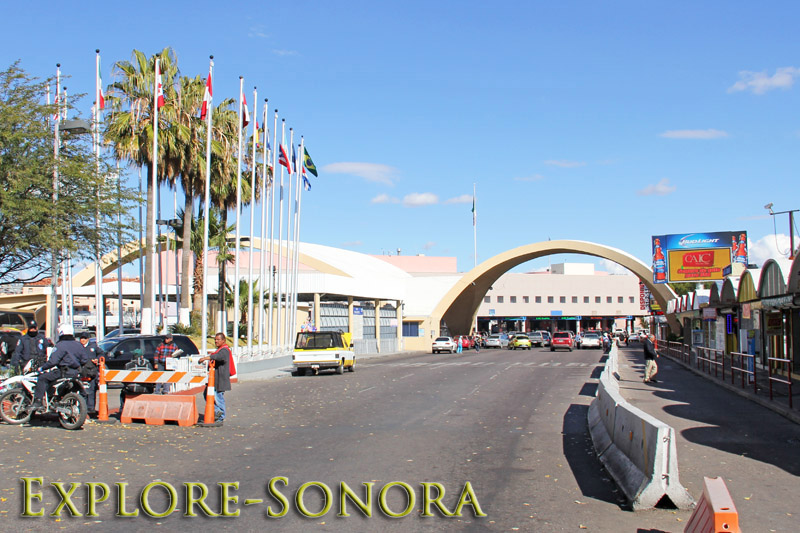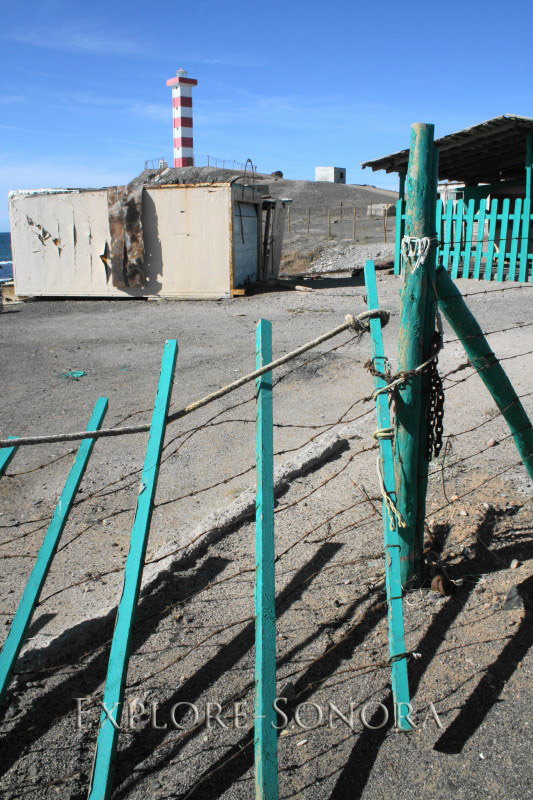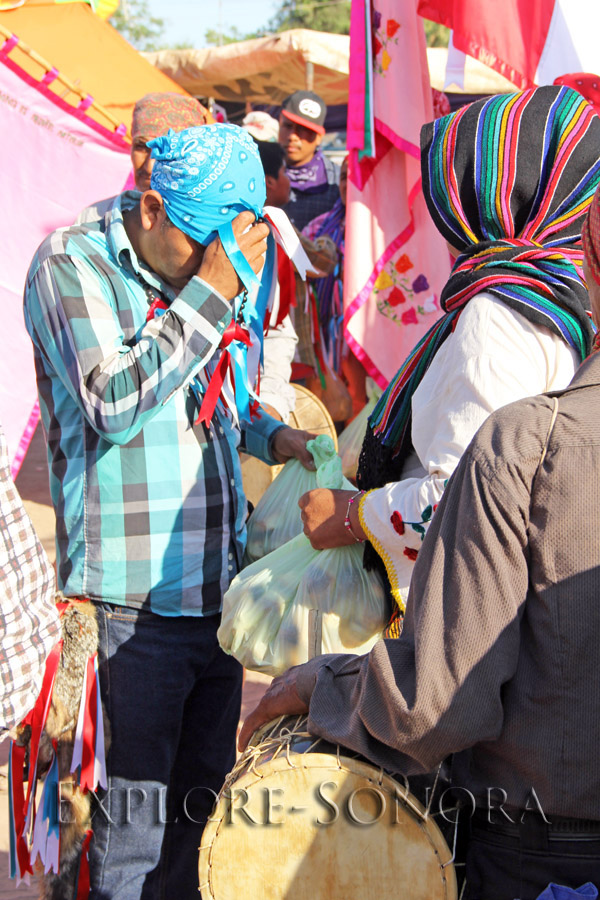More of the same generalizations, with some contradictions thrown in
Just in time for the fall 2017 tourism season, the U.S. Department of State has issued its routine Mexico Travel Warning, a reminder that traveling to Mexico is not the same as traveling to Disneyland. The warning includes some general information of interest to those who are considering travel to Mexico, but also provides flawed and contradictory information.
Read the August 2017 Mexico Travel Warning
Read the August 2017 Sonora Travel Warning
With respect to its general, opening statements and state-specific information about Sonora, the State Department travel warning is, word for word, almost exactly the same as the previous Mexico Travel Warning, issued in December 2016. Which means that their stock generalized statements about incidents that have occurred in Mexico still do not offer any information as to how prevalent the crimes are or how long ago they happened.
An example of this is a statement that has been included in Mexico travel warnings for years: “U.S. citizens have been murdered in carjackings and highway robberies, most frequently at night and on isolated roads. Carjackers use a variety of techniques, including roadblocks, bumping/moving vehicles to force them to stop, and running vehicles off the road at high speeds.”
That is important information for travelers to be aware of, but it needs details and context. For example – Where did these events take place? How long ago was it? How many times has it happened in certain areas?
And to further confuse the issue, although its general summary mentions that most “murders, carjackings and highway robberies” occur most frequently at night, the State Department actually removed its warning about traveling at night on the road to Puerto Peñasco, a highway that has been known for its nighttime phony road blocks and other criminal activity.
Change to Sonora Warning
The only change between the December 2016 warning and the August 2017 warning for Sonora, Mexico is that the previous version included the admonition that “Puerto Peñasco should be visited using the Lukeville, Arizona/Sonoyta, Sonora border crossing, and limit driving to daylight hours.” That statement is not included in the August 2017 warning.
Read the August 2017 Sonora Travel Warning
This is but one example of why the State Department warning needs to be taken with a grain of salt. Or several grains, lining the rim of a margarita glass.
It generally warns about violence “south of Hermosillo,” but apart from Ciudad Obregon, levels of dangerous incidents are not any higher than what would be experienced in the U.S. Although admittedly that may not be saying much.
And why draw the warning line south of Hermosillo, when the capital city’s residents are protesting the increasing “wave of violence” in that city, including a number of brazen machete attacks?
And we still take issue with the State Department’s admonition to defer non-essential travel south of Navojoa, especially since we enjoy visiting the peaceful areas of Huatabampito, Huatabampo and the traditional Mayo pueblos located south of Navojoa.
Violence at Mexico Resorts
There was also a disconnect where information was added to individual state summaries but not updated in the overall assessment at the beginning of the advisory.
The State Department’s August 2017 Mexico Travel Warning added a statement to its Mexico state summaries for Baja California, Baja California Sur and Quintana Roo, which reads “turf battles between criminal groups have resulted in violent crime in areas frequented by U.S. citizens.” This is apparently in response to incidents in Baja (although none were mentioned) and the increase in cartel violence in areas of the Mayan Riviera resort areas of Cancun, Playa del Carmen and Tulum.
And the state assessment for Guerrero, Mexico mentions that government employees are forbidden from visiting there, but does not provide any specific warnings about the resort city of Acapulco, which has seen a major increase in violence in recent years.
But despite these serious increases in violence in Mexican resorts, the travel advisory’s summary continues to read: “Resort areas and tourist destinations in Mexico generally do not see the level of drug-related violence and crime that are reported in the border region or in areas along major trafficking routes.” Generally.
And what about the alcoholic beverage tampering scandal responsible for the death of at least one American and injuries to others at all-inclusive resorts in Mexico? Not mentioned.
Conclusion
So, once again, the State Department Mexico travel warning is what it is. It mentions crimes against Americans that have happened in Mexico, though not with context or specificity. It has serious omissions and contains contradictory information. And we hold out hope that sometime in the future it will be released as more useful and timely information for Mexico travelers.
And as always, we believe that Sonora is a safe place to visit. If we did not, we would let you know. And if at some point we do not feel that it is safe to travel to Sonora, Mexico, we will let you know.
In the meantime, as when you visit any other place you are not from or familiar with, follow basic safety precautions. And enjoy your visit to Mexico!
Note: We have included the text of the State Department’s Mexico Travel Warning and Sonora Travel Warning below.
Mexico Travel Warning
The U.S. Department of State warns U.S. citizens about the risk of traveling to certain parts of Mexico due to the activities of criminal organizations in those areas. U.S. citizens have been the victims of violent crimes, including homicide, kidnapping, carjacking, and robbery in various Mexican states. This Travel Warning replaces the Travel Warning for Mexico issued December 8, 2016.
For information on security conditions in specific regions of Mexico, see our state-by-state assessments below. U.S. government personnel and their families are prohibited from personal travel to all areas to which the Department recommends “defer non-essential travel” in this Travel Warning. As a result of security precautions that U.S. government personnel must take while traveling to parts of Mexico, our response time to emergencies involving U.S. citizens may be hampered or delayed.
Gun battles between rival criminal organizations or with Mexican authorities have taken place on streets and in public places during broad daylight. The Mexican government dedicates substantial resources to protect visitors to major tourist destinations and has engaged in an extensive effort to counter criminal organizations that engage in narcotics trafficking and other unlawful activities throughout Mexico. There is no evidence that criminal organizations have targeted U.S. citizens based on their nationality. Resort areas and tourist destinations in Mexico generally do not see the level of drug-related violence and crime that are reported in the border region or in areas along major trafficking routes.
U.S. government personnel are prohibited from patronizing adult clubs and gambling establishments in the states of Coahuila, Durango, Zacatecas, Aguascalientes, San Luis Potosi, Nuevo Leon, Tamaulipas, Jalisco, Colima, and Nayarit.
Kidnappings in Mexico take the following forms:
- Traditional: victim is physically abducted and held captive until a ransom is paid for release.
- Express: victim is abducted for a short time and commonly forced to withdraw money, usually from an ATM, then released.
- Virtual: an extortion-by-deception scheme where a victim is contacted by phone and coerced by threats of violence to provide phone numbers of family and friends, and then isolated until the ransom is paid. Recently, hotel guests have been targets of such “virtual” kidnapping schemes.
U.S. citizens have been murdered in carjackings and highway robberies, most frequently at night and on isolated roads. Carjackers use a variety of techniques, including roadblocks, bumping/moving vehicles to force them to stop, and running vehicles off the road at high speeds. There are indications that criminals target newer and larger vehicles, but drivers of old sedans and buses coming from the United States are also targeted. U.S. government personnel are not permitted to drive from the U.S.-Mexico border to or from the interior parts of Mexico. U.S. government personnel are prohibited from intercity travel after dark in many areas of Mexico. U.S. citizens should use toll roads (cuotas) whenever possible. In remote areas, cell phone coverage is limited or non-existent.
The Mexican government has deployed federal police and military personnel throughout the country as part of its efforts to combat organized criminal groups. U.S. citizens traveling on Mexican roads and highways by car or bus may encounter government checkpoints, staffed by military or law enforcement personnel. In some places, criminal organizations have erected their own unauthorized checkpoints, at times wearing police and military uniforms, and have killed or abducted motorists who have failed to stop at them. You should cooperate at all checkpoints.
Sonora (includes Nogales, Puerto Peñasco, Hermosillo, and San Carlos): Sonora is a key region in the international drug and human trafficking trades. U.S. citizens traveling throughout Sonora are encouraged to limit travel to main roads during daylight hours and exercise caution on the Highway 15 corridor from Nogales to Empalme. Puerto Peñasco should be visited using the Lukeville, Arizona/Sonoyta, Sonora border crossing, and limit driving to daylight hours.
Due to illegal activity, U.S. citizens should defer non-essential travel to:
- The triangular region west of Nogales, east of Sonoyta, and north of Caborca (including the towns of Saric, Tubutama, and Altar).
- The eastern edge of the state of Sonora, which borders the state of Chihuahua (all points along that border east of Federal Highway 17, the road between Moctezuma and Sahuaripa, and state Highway 20 between Sahuaripa and the intersection with Federal Highway 16).
- South of Hermosillo, with the exception of the cities of Alamos, Guaymas, and Empalme. Defer non-essential travel east of Highway 15, within the city of Ciudad Obregon, and south of the city of Navojoa.



